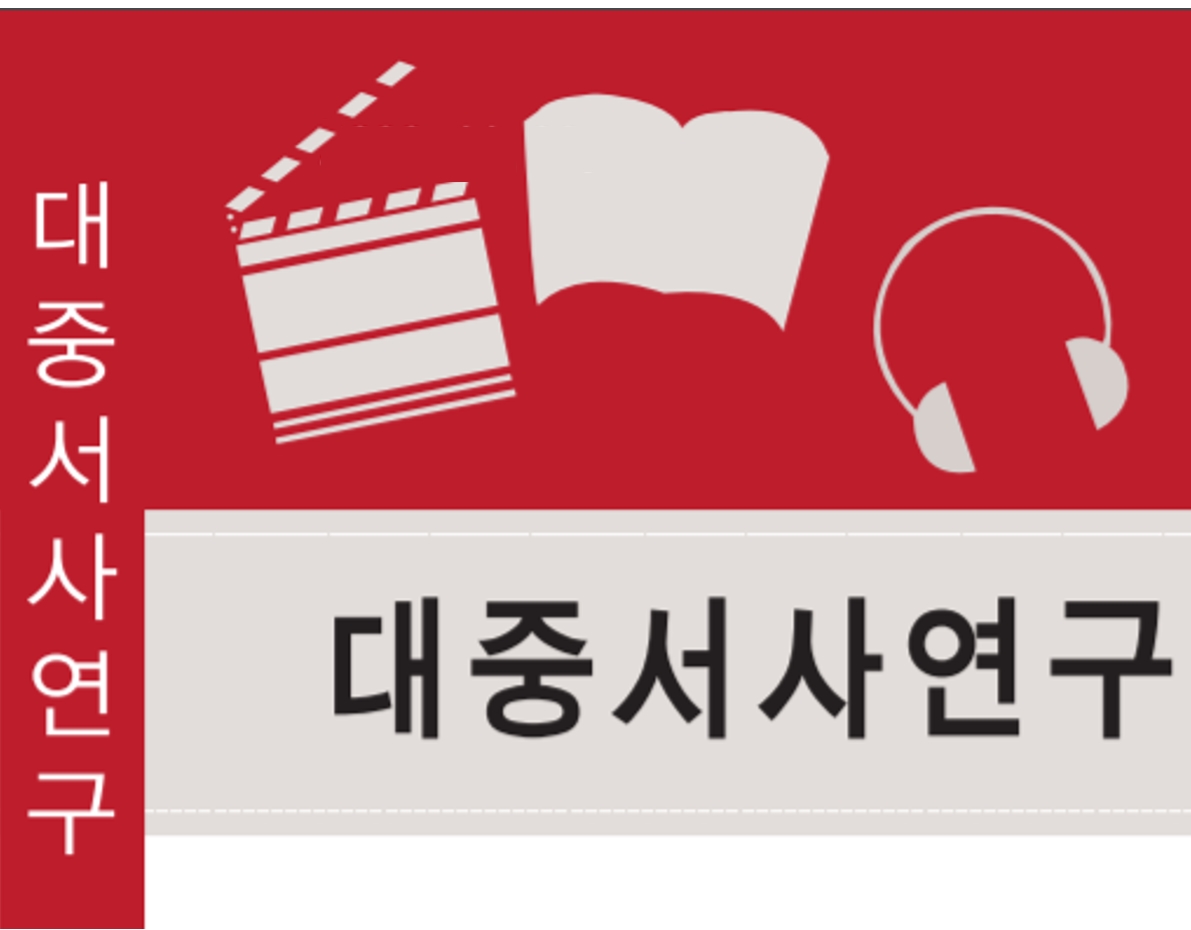대중서사연구
- P-ISSN1738-3188
- E-ISSN2713-9964
<제국신문>의 한글 활용과 독자 전략 —미공개 자료의 현상모집을 중심으로
A Study on the Use of Hangeul in Jeguksinmun and Reader Strategy―Focusing on Unpublished Data and Contests
Abstract
Jeguksinmun distinguished itself by succeeding in publishing only in the Korean language starting with its first edition and carried out various strategies for Hangeul (Korean language) readers: the prize contest was one of them. This study focused on the prize contest in order to examine Jeguksinmun’s use of Hangeul and strategies for its readers, since the contest provides a useful perspective for a study on media. The prize contest was different from readers’ contributions, in that both the company’s position and readers’ responses can be understood through it. The prize contests held by Jeguksinmun were divided into <Malmodeum> and <Gukmunpungwol>. The former was a kind of quiz in which Hangeul words were suggested as questions and players solved them, while the latter was a contest of writing in which participants created poems in Hangeul. Such contests were widely held in 1907 and 1908 and are found to have commonly used Hangeul. Response to the prize contests was considerable, and the participants were mostly comprised of teenagers and female readers. It is demonstrated that the contests effectively attracted young male readers in their teens who spoke Hangeul. Thus, the prize contests was measures for Jeguksinmun to extend its directivity of media, use pure Korean alphabet toward the masses, practice of language toward readers. In addition, that was one of the strategies designed to compete with a variety of Hangeul media, including the Korean language version of Daehan Maeil Shinbo. The contest not only enhanced the readers’ understanding of the Korean language, but also induced their active participation. However, it could not be sustained, as the difficulty of questions and the level of verse writing could not satisfy the expectations or needs of the company and financial difficulties did not cease.
- keywords
- Jeguksinmun, Hangeul, Korean alphabet, reader, contests, Malmodeum, Gukmunpungwol, Media language, 제국신문, 한글, 국문, 독자, 현상모집, 말모듬, 국문풍월, 매체어
참고문헌
독립신문 ,
황성신문 ,
제국신문 ,
대한매일신보 ,
해조신문 ,
대한민보 ,
조선그리스도회보 ,
그리스도신보 ,
자선부인회잡지 ,
신한민보 ,
경남일보 ,
경향신문 ,
천도교회월보 영인본
제국신문 미공개 자료 (연세대학교 국학자료실 소장)
한국학진흥사업 성과포털 http://waks.aks.ac.kr/rsh/?rshID=AKS-2011-EBZ-3103
강현조, 「근대초기 신문의 전래 서사 수용 및 변전 양상 연구」, 현대문학의 연구 51호, 2013, 229-278쪽.
구장률, 「 제국신문 의 <서사적 논설>연구」, 현대문학의 연구 22호, 2004, 89-129쪽.
권두연, 「 제국신문 잡보 ‘하위란’의 형식 실험과 수사적 전략」, 현대문학의 연구 63집, 2017, 195-243쪽.
김기란, 「근대계몽기 매체의 코드화 과정을 통한 여성인식의 개연화 과정 고찰」, 여성문학연구 26호, 2011, 47-62쪽.
김복순, 「 제국신문 의 힘—“여성의 감각”의 탄생」, 민족문학사연구 51호, 2013, 343-385쪽.
김복순, 「 제국신문 학문론의 실학적 변용과 학지의 타당성」, 여성문학연구 31호, 2014, 6-44쪽.
김복순 외, 제국신문과 근대—매체, 담론, 감성 , 현실문화연구, 2014.
김영민, 한국의 근대 신문과 근대소설 1·2, 소명, 2006·2008.
김영민·구장률·이유미 편, 근대계몽기 단형 서사문학 자료전집 상하 , 소명, 2003.
김영철, 「언문풍월의 장르적 특성과 창작양상」, 한중인문학연구 13집, 2004, 52-77쪽.
김영희, 「뎨국신문에 관한 일연구」, 서울대학교 석사학위논문, 1977.
김영희, 「이종일의 언론관과 뎨국신문의 성격에 관한 일고찰」, 인석박유봉박사화갑기념논총 , 전예원, 1999, 399-423쪽.
김윤선, 「 제국신문 에 나타난 미국 유학과 유학생 기서(편지) 연구」, 어문연구 38권 1호, 2010, 309-333쪽.
김정경, 「 제국신문 독자투고에 나타난 사회인식」, 한국교원대학교 석사학위논문, 2007.
김현주, 「 제국신문 에 나타난 혼인제도와 근대적 파트너십」, 한국근대문학연구 23호, 2011, 123-160쪽.
박슬기, 「근대시의 인식과 언문풍월」, 한국시가연구 38집, 2015, 49-71쪽.
박은경, 「한국 최초의 작곡가 김인식 연구」, 음악과 민족 19호, 2000, 11-37쪽.
배정상, 「 제국신문 소재 이해조 소설 연구」, 동양학 49집, 2011, 131-150쪽.
설성경·김현양, 「19에서말-20세기초 제국신문 의 <론셜>연구」, 연민학지 8집, 2000, 223-253쪽.
이경하, 「 제국신문 여성독자투고에 나타난 근대계몽담론」, 한국고전여성문학 연구 8권, 2007, 67-98쪽.
이규호, 「황산 이종린 편 언문풍월 연구」, 인문과학연구 33집, 2009, 55-88쪽.
이대형, 「 제국신문 소재 정운복의 논설 연구」, 대중서사연구 31호, 2014, 207-238쪽.
이방원, 「한말 여성자선단체 ‘자선부인회’ 연구」, 이화사학연구 50집, 2015, 267-305쪽.
이복규, 「훈민정음·한글·국문·한국어(국어) 이들의 혼동 문제에 대하여」, 동방학 12집, 2006, 155-189쪽.
이성혜, 「密啞子 劉元杓에 대한 傳奇的 고찰」, 동북아문화연구 33집, 2012, 169-184쪽.
이연경, 한성부의 ‘작은 일본’, 진고개 혹은 本町 , 시공문화사, 2015.
임상석, 20세기 국한문체의 형성과정 , 지식산업사, 2008.
임형택 외, 흔들리는 언어들 , 성균관대대동문화연구원, 2008.
장영숙, 「대한제국기 일반 독자층의 제국신문 광고게재와 사회상의 일면」, 중앙사론 35집, 2012, 323-359쪽.
전은경, 근대계몽기 문학과 독자의 발견 , 역락, 2009.
진갑곤, 「언문풍월에 대한 연구」, 문학과 언어 13집, 1992, 251-270쪽.
최기숙, 「번역과 전파, 장르와 매체의 변화—전통과 근대의 “부정교합”, 표류하는, 서사의 근대성」, 古小說 硏究 37호, 2014, 49-89쪽.
최기영, 뎨국신문 연구 , 서강대 언론문화연구소, 1989.
최현식, 「 대한매일신보 의 이중판본 정책과 근대어의 형성」, 현대문학의 연구 35집, 2008, 445-481쪽.
한기형, 「근대어의 형성과 매체의 언어전략」, 역사비평 71호, 2005, 356-377쪽.
한기형 외, 근대어·근대매체·근대문학 , 성균관대출판부, 2006.
홍신선, 「국문풍월에 대하여」, 기전어문학 3집, 1988, 183-188쪽.
홍인숙, 「근대계몽기 여성 글쓰기의 양상과 ‘여성주체’의 형성 과정」, 한국고전연구 14집, 2006, 103-130쪽.
홍종선, 「근대 전환기 개화 지식인의 ‘국문/언문’에 대한 인식과 구어체 글의 형성」, 우리어문연구 54집, 2016, 589-620쪽.
- 다운로드 수
- 조회수
- 0KCI 피인용수
- 0WOS 피인용수

